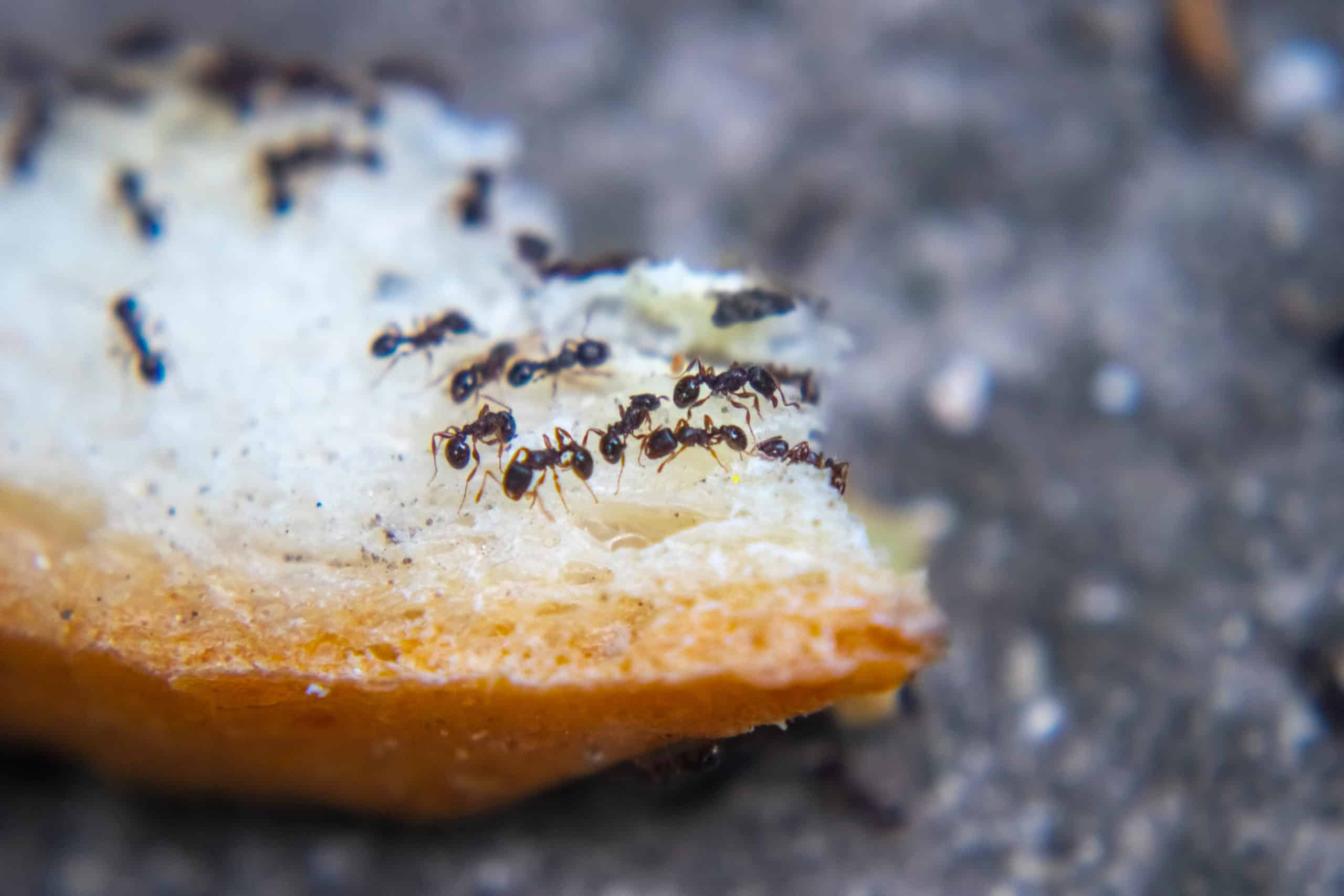Why Are Ants So Common in the Spring?
Why Are Ants So Common in the Spring?
The Ants are Marching In!
It’s unfortunately that time of year again when ants begin making their way into homes in droves of hundreds to even several hundred thousand. They can cover your counters and make little marching lines across your floors as they make their way to raid the food in your home. But why is it that ants are so common at this time of year? The reason actually lies in the previous season: winter.

What Do Ants Do During the Winter?
While many insects engage in a form of hibernation during the winter months, ants actually do not. In order to both stay warm and stay safe from the risk of being hunted by wintertime opportunists, ants seek shelter. They extend their nest by burrowing deep within the Earth, which maintains a somewhat steady temperature for survival, provides a shield against the harsh elements, and adds a layer of protection as it is difficult for scavengers to dig through frozen solid earth. Here, they have stockpiled food to hold them over while it’s too cold to forage for more and can interact with one another for comfort and warmth. By the time winter has come to a close, this stockpile of supplies has been significantly diminished if not completely used up. As such, foraging ants are desperate to begin replenishing the colony and will branch out in search of sources of sustenance. Unfortunately… our homes provide exactly what they need.

Springtime = Pest-time
In addition to needing to replenish their society, springtime means massive growth for ant colonies. Queen ants begin laying their eggs at this time and can produce several hundred to several thousand offspring in just a few months depending on the particular species of ant. Furthermore, in more developed colonies, springtime is ideal for them to enter a ‘reproductive stage.’ At this time, the queen produces new, winged offspring known as “reproductives” that consist of future queens and males. These ants will take off in swarms in order to mate with ants from other colonies and begin producing new colonies of their own, all of whom have the potential to join in the ‘raids’ on our homes.
Unfortunately, many other pests are also increasing in activity after hiding away for the winter. As such, springtime is a critical time of year to stay on top of all of your pest control needs. If ants are marching in on you, and other pests are starting to sneak their way into your life, it’s time to call Green Pest Services!

Citations
Ant Life Cycle – Exploring the Different Stage of an Ant’s Life (2017) Earthkind. Available at: https://www.earthkind.com/blog/ant-life-cycle-exploring-the-different-stages-of-an-ants-life/ (Accessed: October 2020).
Bennett, K. (2018) Ant Life Cycle, Harvard Forest. The President and Fellows of Harvard College. Available at: https://harvardforest.fas.harvard.edu/ants/life-cycle (Accessed: October 2020).
Blevins, M. and Hiskey, D. (2019) Where Do Insects Go in the Winter?, YouTube. Today I Found Out. Available at: https://www.youtube.com/watch?v=KHc19HHERAo (Accessed: June 2020).
Face to Face with Ants (no date) ASU Ask a Biologist. Arizona State University School of Life Sciences. Available at: https://askabiologist.asu.edu/individual-life-cycle (Accessed: October 2020).
Tate Holbrook, Rebecca Clark, and Brian Haney. “Life Cycle of an Ant Colony”. ASU – Ask A Biologist. 21 Dec 2009. ASU – Ask A Biologist, Web. 19 May 2021. https://askabiologist.asu.edu/ant-colony-life-cycle

